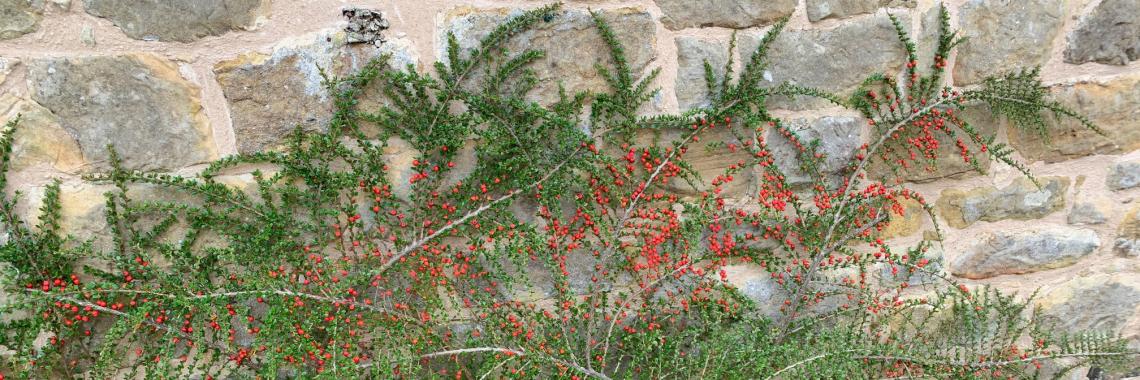Marion Ramsay
Marion (also known as Margaret) Ramsay was accused of witchcraft at South Leith parish in March 1644 but somehow managed to escape. Then, in June 1644 the Calder Kirk session called on the kirk elders to search every part of the parish for ‘a woman called Marion Ramsay who has escaped from prison in Leith and is suspected of witchcraft’.
There’s no further record of Marion so here’s hoping she was never recaptured.
Agnes Vassie and Marione Gibsone
Marione and Agnes were accused of witchcraft, confessed and apparently told their interrogators that Margaret Thomsone had attended witches’ meetings with them. In November 1644 when the kirk session was gathering evidence against Margaret, Agnes and Marione were described as ‘confessing and suffering witches’. This means that they had been found guilty of witchcraft, sentenced to death and were almost certainly executed.
There’s no other information about either woman except for a kirk record of Marion Gibsone’s marriage to Jhone {John} Maillings on the 1st of August 1624.
Isobel Gibsone
On the 10th of April 1645 John Cranston was paid by the kirk session for providing meat and drink to Isobel Gibsone between December 1644 and February 1645. This record is similar to those about other women who were accused as witches and it could mean that Isobel was also accused of being a witch.
It was common for members of the same family to be caught up in witchcraft accusations together and Isobel may have been related to Marione Gibsone who had been accused, found guilty and executed as a witch.
Isobel married Robert Forrest on the 2nd of October 1625, the year after Marion Gibsone married Jhone Mailing, suggesting that they were about the same age and could have been sisters or cousins.
Jeanne Andersoun
In December 1643 Agnes Bischope became the first woman to be accused of witchcraft at Calder. But in September 1643, three months before this, Jeanne Anderson was punished for charming and warned that she would be assumed to be a witch if she was caught again.
Then in March 1644 Jeanne was found guilty of using charms again and banished from the parish. She was given a document stating that she was guilty of using charms and had to carry this with her wherever she went.
This happened at a time when other Calder women were being accused and found guilty of witchcraft. Jeanne may have been lucky not to have been accused of being a witch, but banishment was a horrible punishment. People who were banished had to leave their home and family and never return. They’d find it very difficult to make a living and would probably end up hungry, homeless, alone and destitute.
Bessie Stevenson
Bessie lived at Corston to the south east of Calder parish not far from where Oakbank is now. In April 1645 the kirk elders are asked to find out whether she had been named as a witch by any of the women who had been accused at Calder. Patrick Aikman was to be given a testament, a certificate, about Bessie’s involvement.
The declaration might have been needed to allow Bessie to work or get married but if it said she was suspected of being a witch it could have been disastrous for her reputation and prospects.
Shortly after this, in May 1645, the Kirk Session declared that people who had been named as witches by the women who had been found guilty were not allowed to take Holy communion.
This is the last mention of witches or witchcraft by the kirk session.
Others
The records of the time are incomplete. Sadly, it’s likely that more people were accused and executed for witchcraft during this time.






